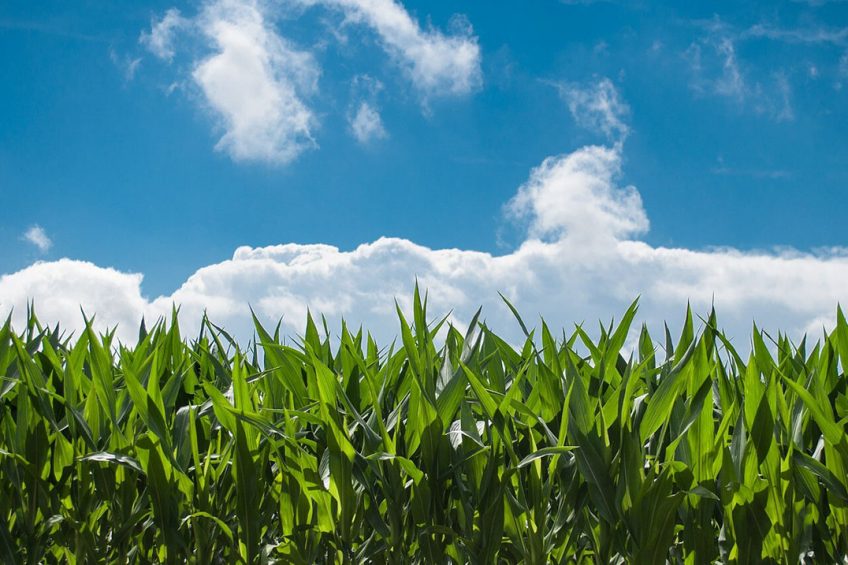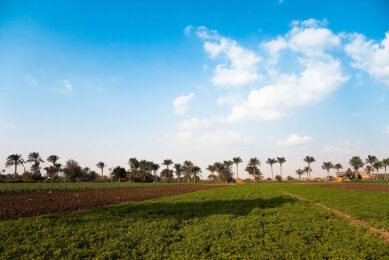Philippines: Covid-19, ASF constrain livestock feed demand

There has been a strong production of corn in the Philippines, which is set for a record high output. Meanwhile, however, Covid-19 and African Swine Fever continue to constrain livestock feed demand.
Maximum yield potential of corn
According to the latest Philippines Statistics Authority (PSA) report, corn production increased 6.5% during the third quarter of MY2020/2021 compared to the prior year’s level. The Philippine government forecasts calendar year 2021 corn production will reach 8.85 mmt, which assumes maximum yield potential and minimal damage from climate events. The forecast is composed of 6.37 mmt (72%) of yellow corn (primarily for feed) and 2.47 mmt (28%) of white corn (primarily for food).
The pace of corn and wheat trade has slowed in the second half of MY 2020/2021, the main factor being reduced feed consumption. Logistical costs are also increasing. It is expected that the MY2021/2022 import forecast of corn will be 500,000 mt, based on updated trade during the latter half of MY2020/2021.
Feed demand under pressure
Corn feed demand will remain under pressure due to lower poultry production, in particular, as well as decreased hog production, notes a USDA GAINS report. Hog feed demand is expected to remain dampened through 2022 due to the damaging effects of African Swine Fever on the local hog herd. Meanwhile, broiler production dropped 10% in 2020 due to the extended quarantines to contain the spread of Covid-19.
Poultry meat and egg production
Total chicken production from January to March 2021 was 402,770 mt live weight, 11.2% lower than the previous year’s quarterly output of 453,720 mt live weight, according to the PSA. Total chicken egg production from January to March was 152,550 mt, 3% higher than the 148,000 mt from the same quarter of 2020. As of 1 April 2021, the total chicken inventory in the country was estimated at 179 million birds, which is 0.6% higher than the previous year’s same period count of 178 million birds. Broiler and layer inventory increased by 1.1% and 5.6%, respectively. It is expected that broiler production will grow 2% in 2021 and to accelerate further in 2022 as economic restrictions are loosened.
Feed wheat affected by ASF
MY2021/2022 wheat imports are expected to be 6.4 mmt, partially based on weaker demand for feed wheat. Wheat imports for MY2020/2021 through April 2021 reached 5 mmt, down 16% compared to the 5.9 mmt from the previous year. MY2020/2021 imports are forecast at 6.2 mmt.
Feed wheat demand in MY2021/2022 and 2020/2021 has been adjust down by 50,000 mt and 200,000 mt, respectively. African Swine Fever, which continues to be a major challenge for the Philippine hog sector, has spread to locations previously free of the disease. PSA reports that total pork production was down 25.8% from January to March 2021 compared to the same period in 2020. The hog sector’s decline, as a major consumer of feed wheat, has dampened feed wheat demand through MY2021/2022. With the country’s herd repopulation and biosecurity programmes underway, it is anticipated that pork production will grow 1-2% in MY 2021/2022.











